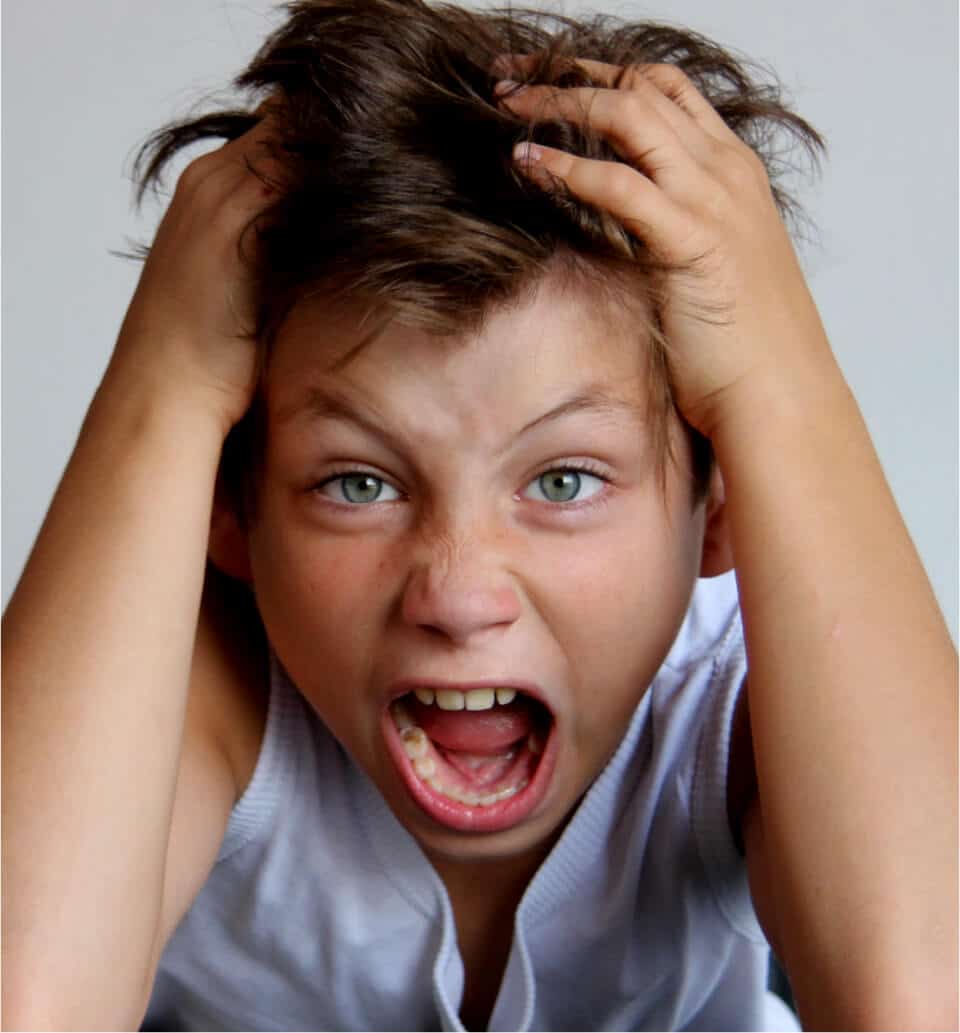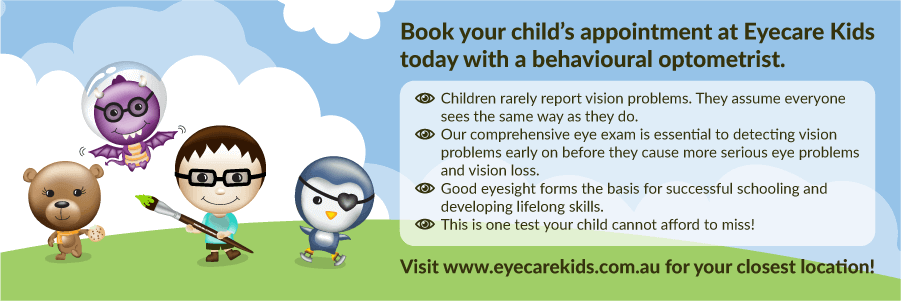Did you know that too much stress may affect your child’s vision?
Streff Syndrome, also called non-malingering syndrome and also referred to as juvenile bilateral functional amblyopia, occurs in kids and adolescents who are having behavioral and academic difficulties.
This is often the result of emotional stress in the child’s environment. Stressors can be neglect, low self-esteem, divorce, separation of family members, etc.
Characteristics of Stress Syndrome

Streff syndrome is characterized by:
- reduced distance and near visual acuity
- reduced depth perception
- Emmetropia (or ‘perfect vision’) to low hyperopic refractive status
- no change in distance acuity with corrective lenses
You may notice your child
- complaining of headaches
- having sudden decrease in academic performance or lacking desire to pursue homework
- may have eyes that turn inwards or outwards
- complaining of blurred vision at near and in the distance, sensitivity to light, double vision
- may have increased clumsiness due to objects not being noticed in your child’s side vision
Why should Streff Syndrome matter to parents/guardians?
Streff syndrome has been associated with stress. The fact that someone as young as a child is under stress is concerning. It may be due to dealing with too many activities after school and could also be a warning sign for anxiety or bullying.
Streff syndrome affects your child’s performance at school when they experience sudden reduction in attention and focus during academic tasks. They may begin to struggle at school, and there may be an increase in the amount of mistakes made on homework.
While everyone experiences stress, too much stress can negatively affect your child in several ways, not just in their vision.
How is Streff Syndrome treated?
The application of low plus powered lenses, combined with vision training, is reported to be the most efficacious treatment for a patient with Streff Syndrome. But just like most eye cases, each situation is different in every individual and is best to be assessed by an eyecare professional such as a behavioural optometrist.
- References:
- 1. reviewofoptometry.com
- 2. Eyecarekids.com.au

